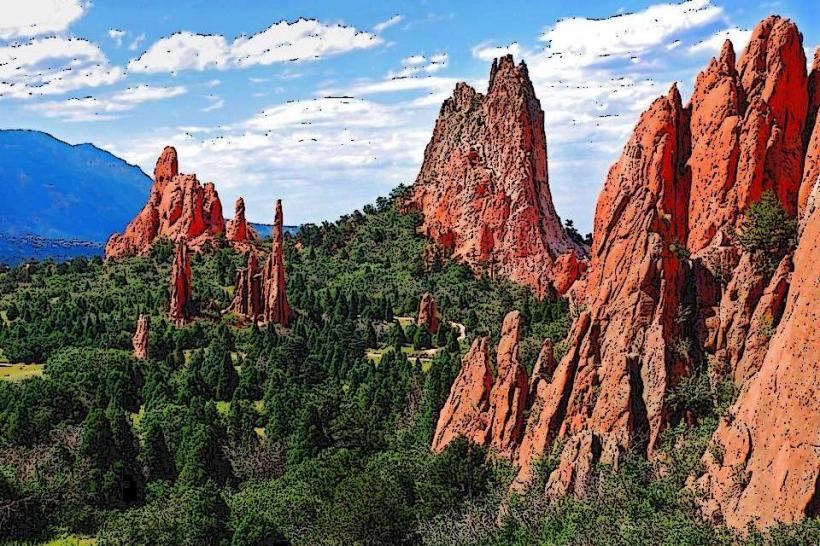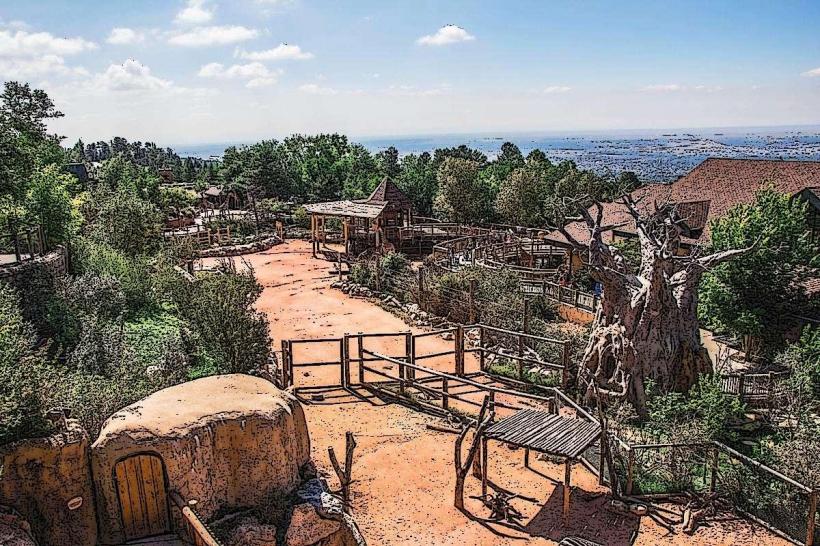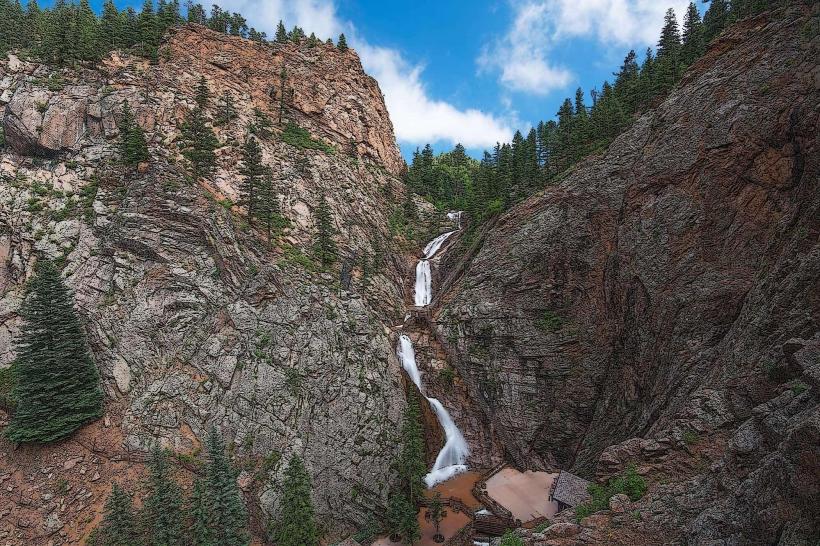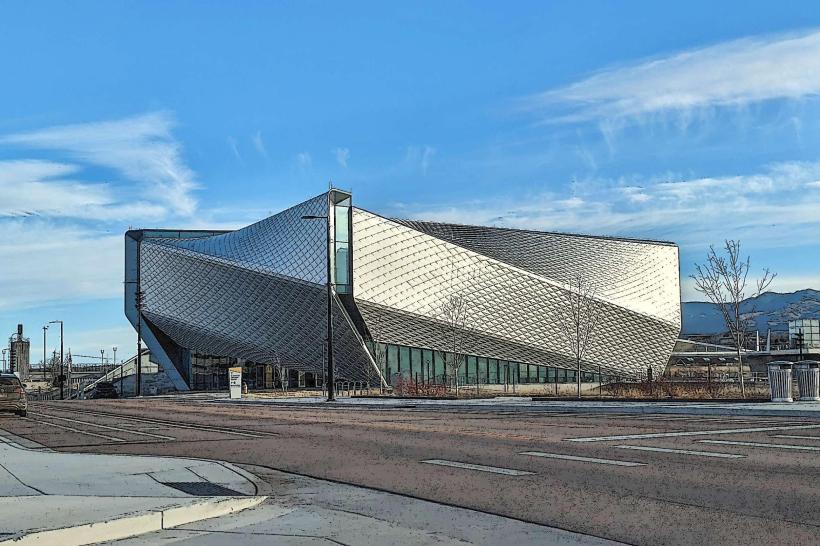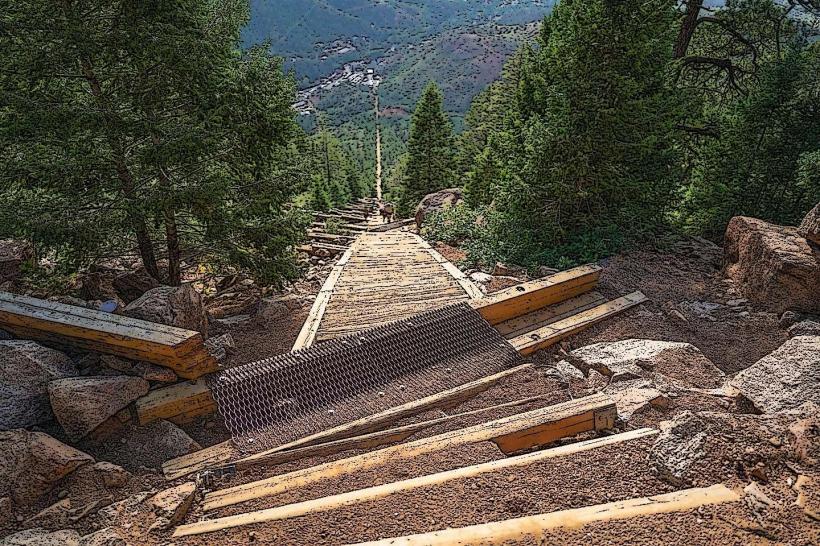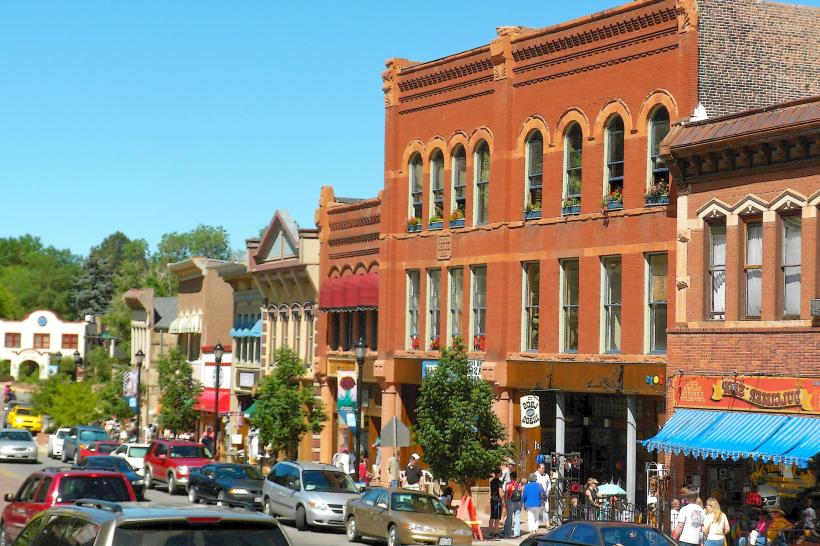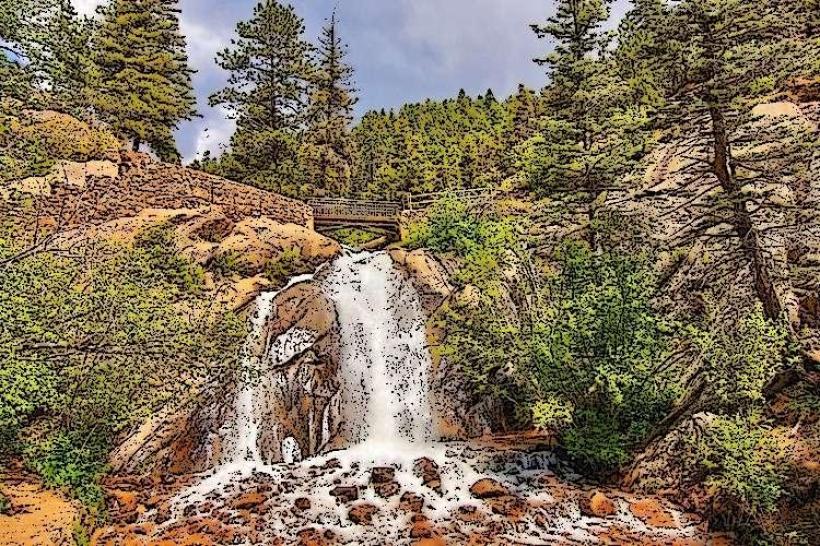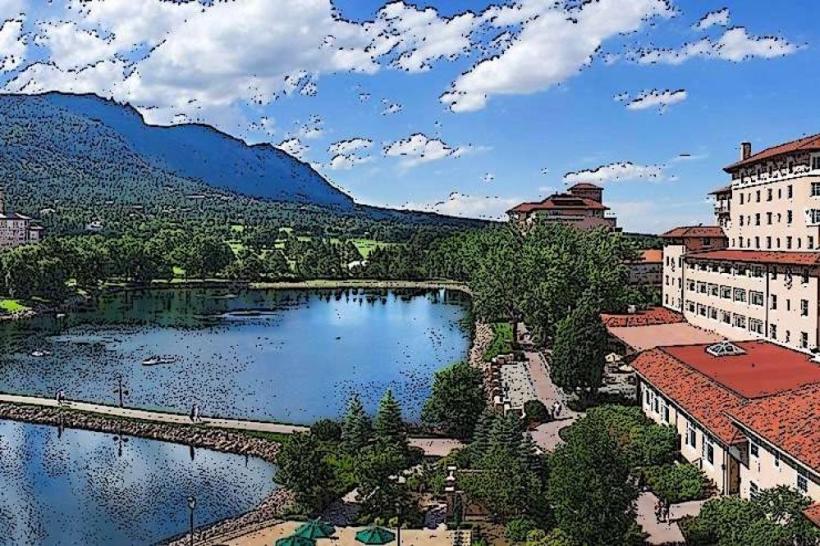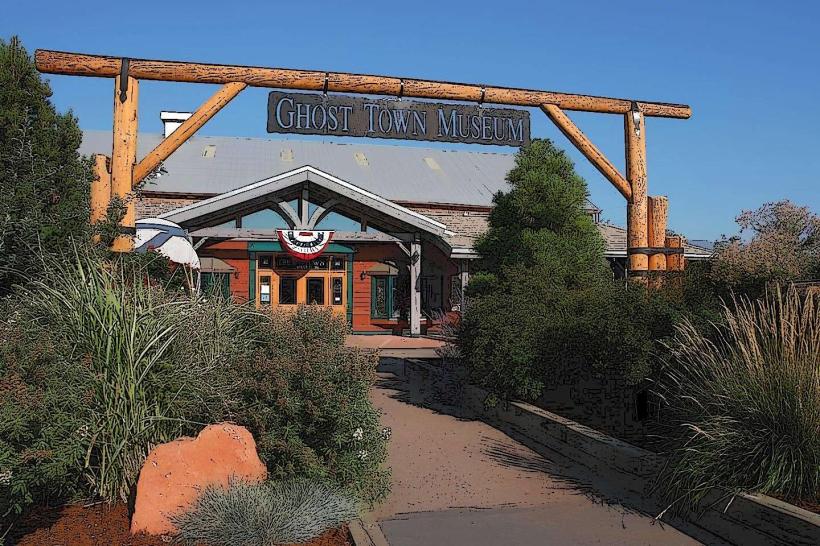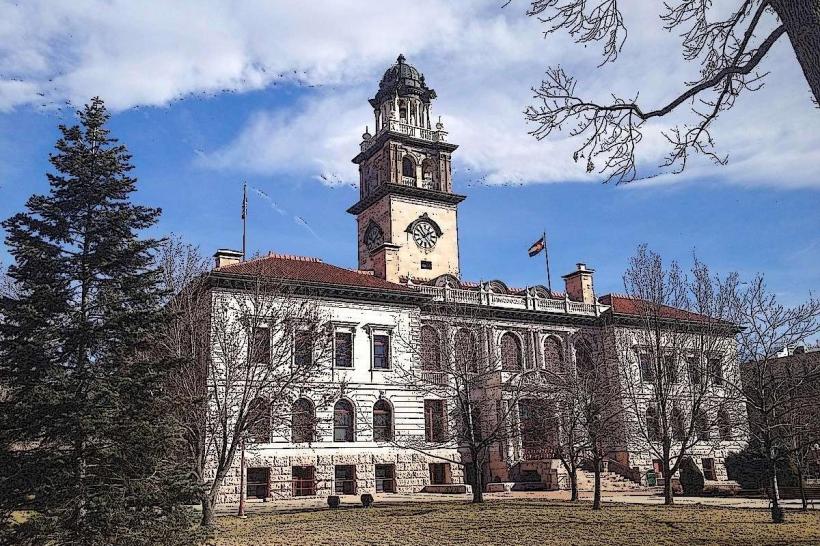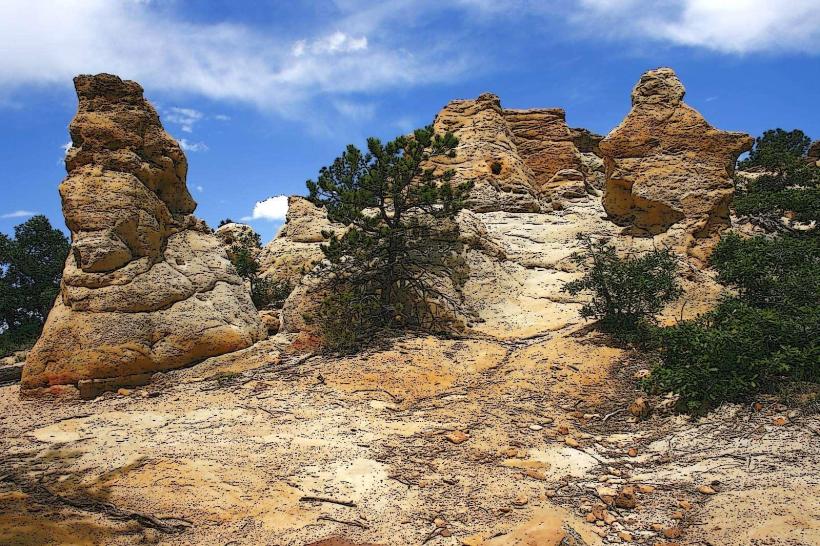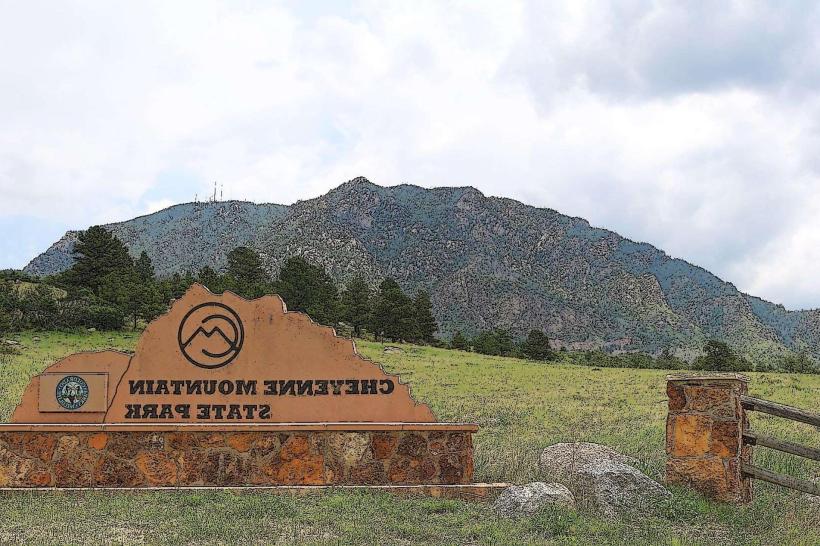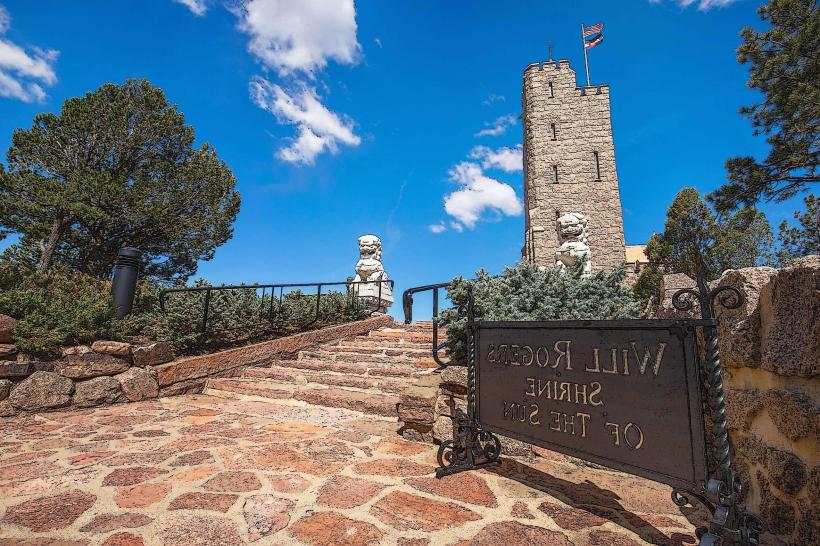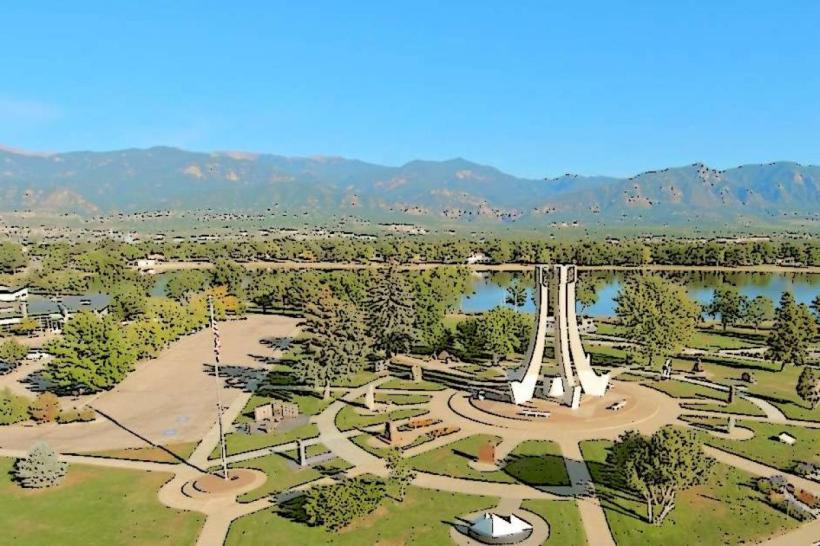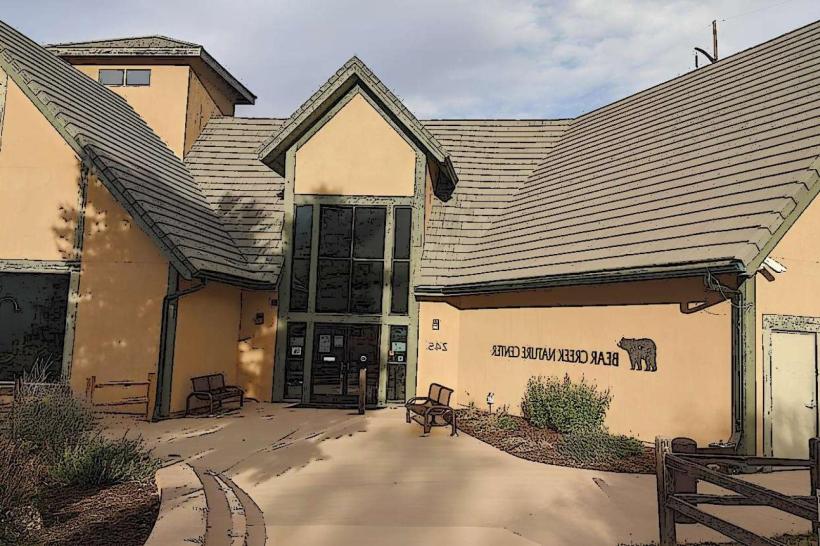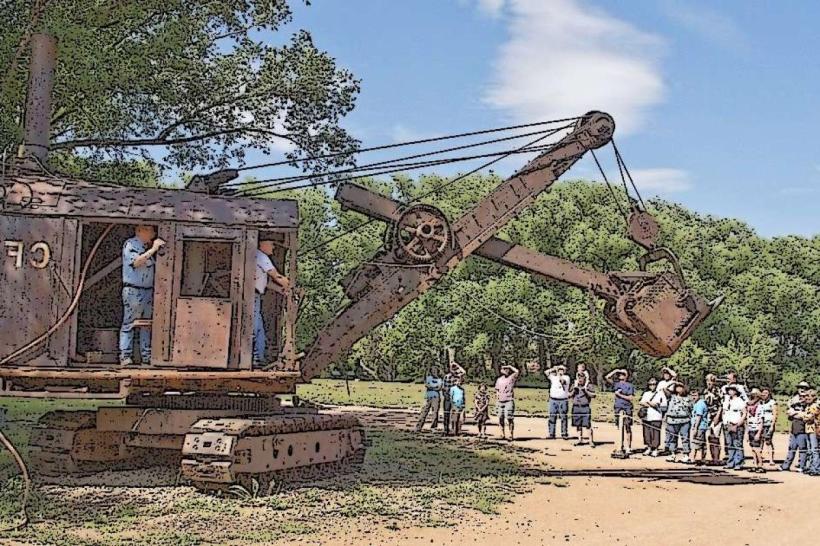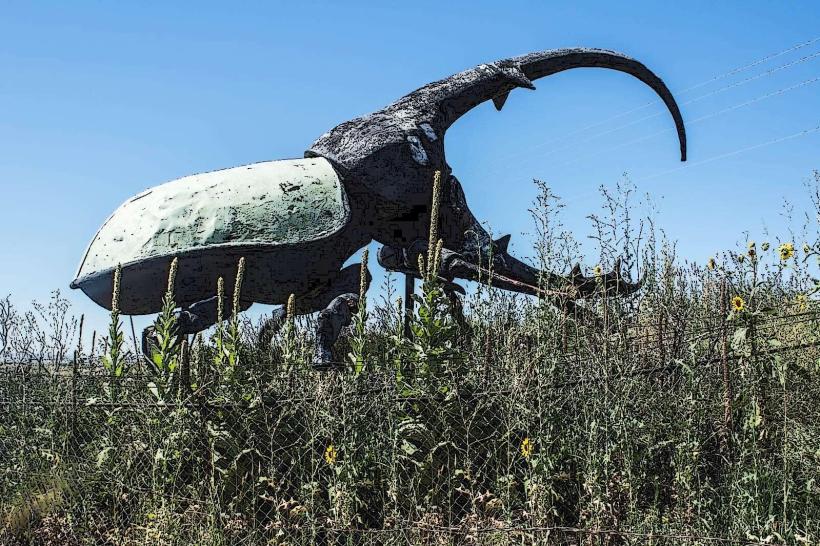Information
Landmark: Pikes PeakCity: Colorado Springs
Country: USA Colorado
Continent: North America
Pikes Peak, Colorado Springs, USA Colorado, North America
Pikes Peak, often called "America’s Mountain," is one of the most iconic and accessible peaks in the Rocky Mountains, located near Colorado Springs, Colorado. Rising to an elevation of 14,115 feet (4,302 meters), it is the 31st highest summit in Colorado and one of the most famous “fourteeners” - mountains exceeding 14,000 feet. Pikes Peak holds great cultural, historical, and recreational significance, attracting over half a million visitors annually.
Geological and Natural Features
Pikes Peak is a granite massif formed during the Precambrian era, more than a billion years ago, making it one of the oldest mountains in the Rockies. Its rugged terrain consists mainly of pink granite, which gives the mountain a distinctive rosy hue, particularly during sunrise and sunset. The peak rises sharply above the surrounding plains and foothills, offering dramatic panoramic views that on a clear day can extend over 100 miles, including sights of seven U.S. states.
The mountain’s ecosystems transition from montane forests of pine, fir, and spruce at lower elevations to alpine tundra near the summit, where hardy wildflowers, mosses, and lichens survive harsh winds and cold temperatures.
Historical Importance
Pikes Peak was named after Zebulon Pike, an American explorer and army officer who first attempted to climb the mountain in 1806 during an expedition to explore the southwestern portion of the Louisiana Purchase. Although Pike never reached the summit, the peak later bore his name, symbolizing exploration and the westward expansion of the United States.
The mountain played a key role during the Colorado Gold Rush of 1859, inspiring the famous phrase “Pikes Peak or Bust,” used by prospectors heading west in search of fortune. This rallying cry contributed to the growth of Colorado Springs and the broader region.
Accessibility and Recreational Opportunities
Pikes Peak is renowned for its accessibility to visitors of all levels of outdoor experience. Multiple options allow people to reach or experience the summit:
Pikes Peak Highway: A 19-mile paved toll road climbs from the base near Cascade up to the summit, making it possible for cars, motorcycles, and bicycles to access the top. The highway provides spectacular views with pullouts for sightseeing and photography. The drive typically takes about an hour one way.
Pikes Peak Cog Railway: The world’s highest cog railway offers a scenic and historic train ride from the town of Manitou Springs to the summit. The railway journey covers about 8.9 miles and climbs over 7,400 feet, providing a unique perspective on the mountain’s environment.
Hiking Trails: For those seeking a more physically challenging ascent, the Barr Trail is the primary hiking route. It is approximately 13 miles one way with an elevation gain of over 7,400 feet, making it a strenuous and rewarding climb through forested areas, rock formations, and alpine tundra to the summit. The trail is popular with experienced hikers and runners.
Mountain Biking and Trail Running: Certain sections of the Pikes Peak Highway and surrounding trails are used by cyclists and trail runners, with special events like the annual Pikes Peak Marathon and Ascent drawing competitors worldwide.
Summit Experience and Amenities
At the summit of Pikes Peak, visitors find breathtaking 360-degree views encompassing the Great Plains, Rocky Mountain peaks, and on exceptionally clear days, distant states such as Kansas, Nebraska, and Wyoming. The summit area includes a visitor center with restrooms, gift shops, and a café serving snacks and drinks. Interpretive signs and exhibits provide information about the mountain’s geology, history, and wildlife.
The altitude at the summit can cause altitude sickness for some visitors, so acclimatization and caution are advised. Weather conditions can change rapidly, with strong winds, cold temperatures, and snow possible even in summer months.
Events and Cultural Impact
Pikes Peak hosts several prominent events, including the Pikes Peak International Hill Climb, also known as the “Race to the Clouds,” which is one of the oldest motorsport races in the United States. This annual event challenges drivers to race against the clock on the winding highway up to the summit.
The mountain also holds significance for Native American tribes and local communities, symbolizing natural beauty, endurance, and inspiration. It remains a powerful cultural landmark and subject of countless artistic works.
Nearby Attractions
Pikes Peak is situated close to several attractions that enhance a visitor’s experience of the area:
Garden of the Gods: Known for its striking red rock formations and easy access to scenic trails.
Manitou Springs: A charming town offering shops, restaurants, and natural mineral springs.
Cave of the Winds: Featuring guided cave tours and adventure activities below the mountain.
The Broadmoor Seven Falls: A dramatic series of waterfalls and hiking trails.
Pikes Peak’s combination of natural grandeur, accessibility, and rich history makes it a must-visit destination for tourists and outdoor enthusiasts visiting Colorado Springs. It offers an unparalleled opportunity to experience the majesty of the Rocky Mountains and to connect with the legacy of the American West.

